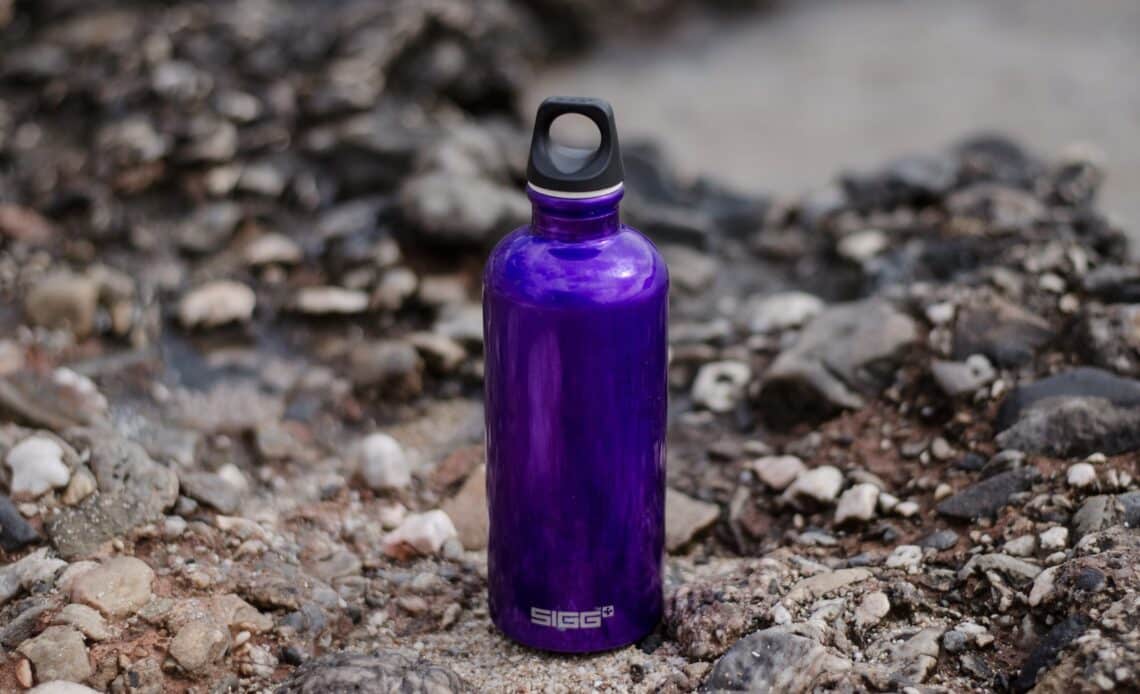
Reusable water bottles have become a staple for eco-conscious consumers aiming to reduce plastic waste. However, these bottles come with their own set of hygiene issues that many overlook. Hidden within the nooks and crannies of your trusty water bottle lies a breeding ground for bacteria, mold, and unpleasant odors. This comprehensive guide peels back the label to expose the unsanitary truths about reusable bottle maintenance and provides clear instructions for optimal cleaning.
The Hidden Dangers of Unclean Water Bottles
The hidden dangers of unclean water bottles include the risk of illness or infection due to increased bacterial growth, unpleasant odors and tastes from supplement residue, and a general unappealing nature of drinking from a foul-smelling bottle. Emphasizing the importance of regular water bottle cleaning, it’s necessary to understand these risks and the most effective cleaning practices. Improper cleaning, such as neglecting hard-to-reach areas or failing to rinse out soap thoroughly, can inadvertently contribute to these issues. Therefore, it’s crucial to avoid common mistakes when cleaning water bottles. By understanding these dangers and implementing thorough cleaning practices, users can maintain the hygiene of their bottles, improve their drinking experience, and protect their health from potential infections and illnesses.
Essential Supplies for a Thorough Clean
Essential supplies, such as a specialized brush, dish soap, vinegar, baking soda, and bleach, are fundamental for achieving a thorough and effective clean. The brush aids in reaching the bottle’s interior crevices, while dish soap breaks down residue. Vinegar, known for its antimicrobial properties, is an alternative cleaning method, especially for those desiring natural solutions. To address stubborn stains or build-up, baking soda is recommended. For a deep disinfectant, diluted bleach can be used. Recognizing the importance of regular cleaning, these supplies should be consistently utilized to maintain the cleanliness of your reusable water bottle, ensuring it remains free from unwanted contaminants. This approach, incorporating conventional and alternative cleaning methods, ensures optimal hygiene.
A Step-By-Step Guide to Cleaning Your Water Bottle
Here is a step-by-step guide for cleaning your water bottle:
Step 1: Disassemble all parts of your water bottle, including lids, straws, etc.
Step 2: Rinse all parts with warm, soapy water. Use a mild dish soap and wash thoroughly.
Step 3: Scrub the interior of the bottle with a bottle brush. Pay close attention to hard-to-reach areas like straws and crevices.
Step 4: Consider using eco-friendly cleaning products made specifically for bottles. This reduces exposure to harsh chemicals.
Step 5: Rinse all parts thoroughly with clean water to remove any soap residue.
Step 6: Allow all parts to completely air dry before reassembling. This prevents mold growth.
Step 7: Reassemble the water bottle once fully dry. Make sure parts are securely fastened.
Step 8: Clean your bottle regularly using these steps to prolong its life and keep it fresh. Consider weekly or bi-weekly cleanings.
Step 9: Replace bottles that show signs of damage like cracks, or cloudiness or have an odor that persists after cleaning.
Tactics for Tackling Tricky-to-Clean Bottle Parts
Special attention should be given to intricate parts, such as lids, straws, and bite valves, as they can harbor bacteria and require careful cleaning. Some cleaning hacks include using a small brush or pipe cleaner to reach the interior of straws and bite valves. For stubborn grime, prepare a DIY cleaning solution of equal parts white vinegar and water, let the parts soak for a few minutes, then scrub gently. If mold or mildew has developed, a solution of bleach and water may be used. Always rinse thoroughly to remove all cleaning solution residue.
Pro Tips for Keeping Your Bottle Clean and Fresh
The importance of regular cleaning cannot be overstated, as it prevents the growth of harmful bacteria, maintains the bottle’s quality, and ensures a fresh taste. Common mistakes in water bottle cleaning include neglecting hard-to-reach areas, such as the cap and straw, and using inappropriate cleaning agents. Using recommended products like dish soap, vinegar, or a bleach solution is essential to clean and disinfect your bottle effectively. Also, allowing the bottle to air dry after washing is crucial to preventing mold and buildup. Remember, a clean bottle contributes significantly to your health and hydration goals.
Frequently Asked Questions
How Often Should I Replace My Reusable Water Bottle?
The frequency of replacing your reusable water bottle depends on its material and condition. Regularly assess for wear, damage, or persistent contamination, as these pose health risks, and replace the bottle when necessary.
Is It Safe to Clean My Water Bottle in a Dishwasher?
While dishwashers offer efficiency, not all water bottles are dishwasher safe. High temperatures can cause heat damage, especially to plastic bottles. Always check the manufacturer’s instructions to preserve the longevity of your reusable bottle.
Can I Use Natural Cleaning Agents Like Lemon or Vinegar Instead of Dish Soap?
Yes, natural cleaning agents like lemon and vinegar are effective alternatives to dish soap. The lemon’s efficiency lies in its acidity, while vinegar’s versatility provides broad-spectrum antimicrobial cleaning properties for water bottles.
What Are Some Signs My Water Bottle May Be Damaged or Worn Out?
Signs of bottle damage include noticeable cracks, leaks, discoloration, or persistent unpleasant odors. Additionally, Bottle Durability Factors such as worn-out seals and disfigured straws indicate a need for replacement. Recognizing Contamination Signs is crucial.
If I Only Use My Water Bottle for Water and Not for Other Drinks Like Juice or Protein Shakes, Do I Still Need to Clean It Regularly?
Even if used solely for water, regular cleaning of water bottles is essential to prevent bacteria buildup and mitigate contaminant risks. This ensures your bottle remains a safe, hygienic vessel for your hydration needs.

